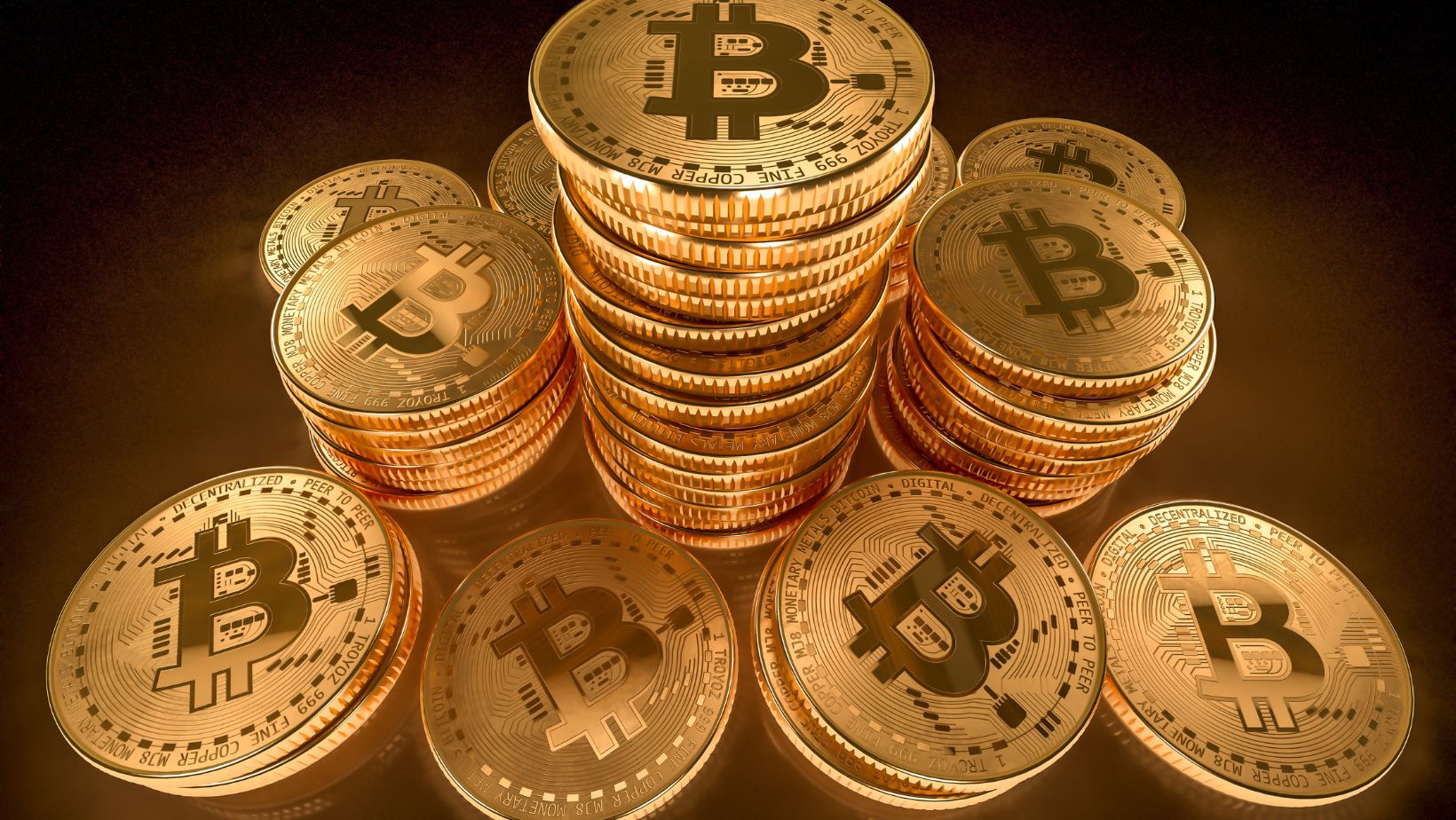
Bitcoin, the world’s first and most widely recognized cryptocurrency, has undoubtedly disrupted the financial landscape since its inception in 2009. However, despite its growing popularity and adoption, there has been a significant gap between the cryptocurrency ecosystem and traditional financial systems. Enter Bitcoin Bridge, an innovative platform that aims to bridge this divide, facilitating the seamless integration of cryptocurrencies into mainstream finance.
What is Bitcoin Bridge?
Bitcoin Bridge is a decentralized platform that enables the tokenization of real-world assets, such as fiat currencies, commodities, and securities, onto the Bitcoin blockchain. By leveraging cutting-edge blockchain technology, Bitcoin Bridge creates digital representations of these assets, known as tokenized assets, which can be traded, exchanged, and utilized within the cryptocurrency ecosystem.
The concept behind Bitcoin Bridge is simple yet revolutionary. It allows individuals and institutions to access the benefits of cryptocurrencies while maintaining exposure to traditional asset classes. This bridge effectively eliminates the need for cumbersome conversions between cryptocurrencies and fiat currencies, streamlining transactions and reducing associated costs.
How Does Bitcoin Bridge Work?
At its core, Bitcoin Bridge operates on a decentralized protocol that enables the creation and management of tokenized assets. This process involves several key steps:
1. Asset Onboarding: Real-world assets, such as fiat currencies or commodities, are onboarded onto the Bitcoin Bridge platform. This process is facilitated by authorized custodians or financial institutions that hold and manage the underlying assets.
2. Tokenization: Once the assets are onboarded, they are tokenized using smart contracts on the Bitcoin blockchain. These tokenized assets represent fractional ownership of the underlying real-world assets and can be traded, transferred, and utilized within the cryptocurrency

ecosystem.
3. Trading and Utilization: Tokenized assets can be seamlessly traded on decentralized exchanges, integrated into decentralized finance (DeFi) applications, or used as collateral for loans and other financial services within the Bitcoin ecosystem.
4. Redemption: When tokenized asset holders wish to redeem their tokens for the underlying real-world assets, they can initiate a redemption process through the Bitcoin Bridge platform. The custodians or financial institutions will then facilitate the conversion and transfer of the assets.
The Benefits of Bitcoin Bridge
Bitcoin Bridge offers numerous advantages to both cryptocurrency enthusiasts and traditional finance participants:
1. Improved Liquidity: By tokenizing real-world assets, Bitcoin Bridge significantly increases liquidity within the cryptocurrency market. This enhanced liquidity facilitates smoother and more efficient trading, reducing slippage and providing better pricing for market participants.
2. Diversification Opportunities: Traditionally, cryptocurrency portfolios have been limited to digital assets. With Bitcoin Bridge, investors can diversify their holdings by gaining exposure to tokenized versions of traditional assets, such as stocks, bonds, and commodities, without leaving the cryptocurrency ecosystem.
3. Reduced Barriers to Entry: Bitcoin Bridge lowers the barriers to entry for individuals and institutions seeking to participate in the cryptocurrency market. By allowing the tokenization of familiar assets, it provides a more accessible entry point for those who may be hesitant to invest directly in cryptocurrencies.
4. Regulatory Compliance: Bitcoin Bridge operates within the boundaries of existing regulations by partnering with authorized custodians and financial institutions. This approach ensures compliance with relevant laws and regulations, providing a secure and trustworthy platform for tokenized asset transactions.
5. Transparency and Immutability: Leveraging the inherent properties of blockchain technology, Bitcoin Bridge offers unparalleled transparency and immutability. All transactions and asset tokenizations are recorded on the Bitcoin blockchain, ensuring a tamper-proof and auditable ledger.
The Future of Bitcoin Bridge
As the adoption of cryptocurrencies continues to grow, platforms like Bitcoin Bridge are poised to play a pivotal role in bridging the gap between the traditional financial world and the burgeoning cryptocurrency ecosystem. By facilitating the tokenization of real-world assets, Bitcoin Bridge not only expands the investment opportunities within the cryptocurrency market but also paves the way for broader mainstream adoption.
Furthermore, the decentralized nature of Bitcoin Bridge aligns with the core principles of cryptocurrencies, promoting financial inclusion, transparency, and accessibility. As the platform continues to evolve, it is expected to attract more institutional participants, further solidifying its position as a trusted intermediary between the two worlds.

However, it is important to note that the success of Bitcoin Bridge and similar platforms hinges on robust regulatory frameworks and widespread adoption. Collaboration between crypto enthusiasts, traditional financial institutions, and regulatory bodies will be crucial in ensuring the responsible and sustainable growth of this emerging sector.
In conclusion, Bitcoin Bridge represents a significant step forward in the integration of cryptocurrencies into mainstream finance. By bridging the gap between these two worlds, it unlocks new opportunities for investors, facilitates seamless transactions, and paves the way for a more inclusive and accessible financial ecosystem. As the cryptocurrency landscape continues to evolve, platforms like Bitcoin Bridge are poised to play a pivotal role in shaping the future of finance.










